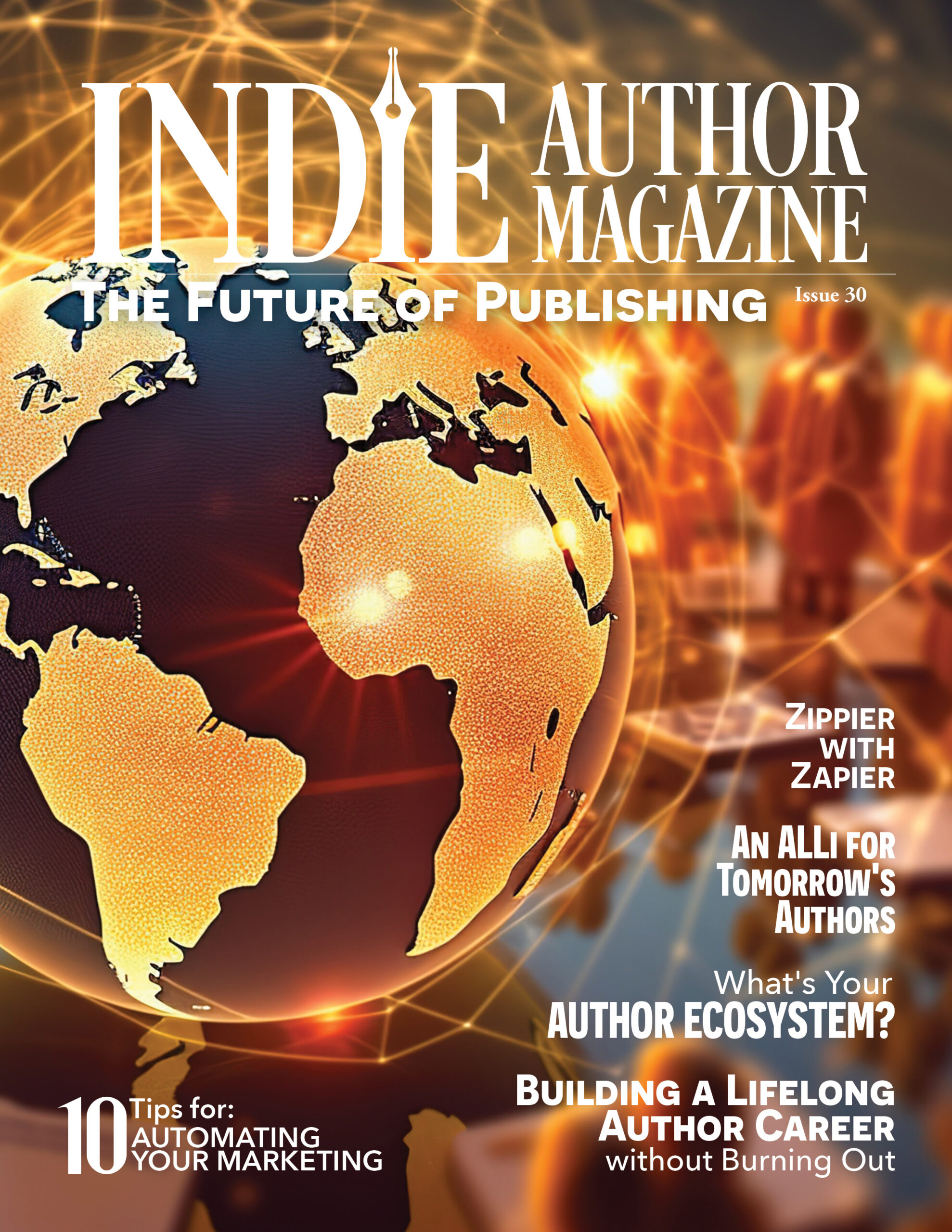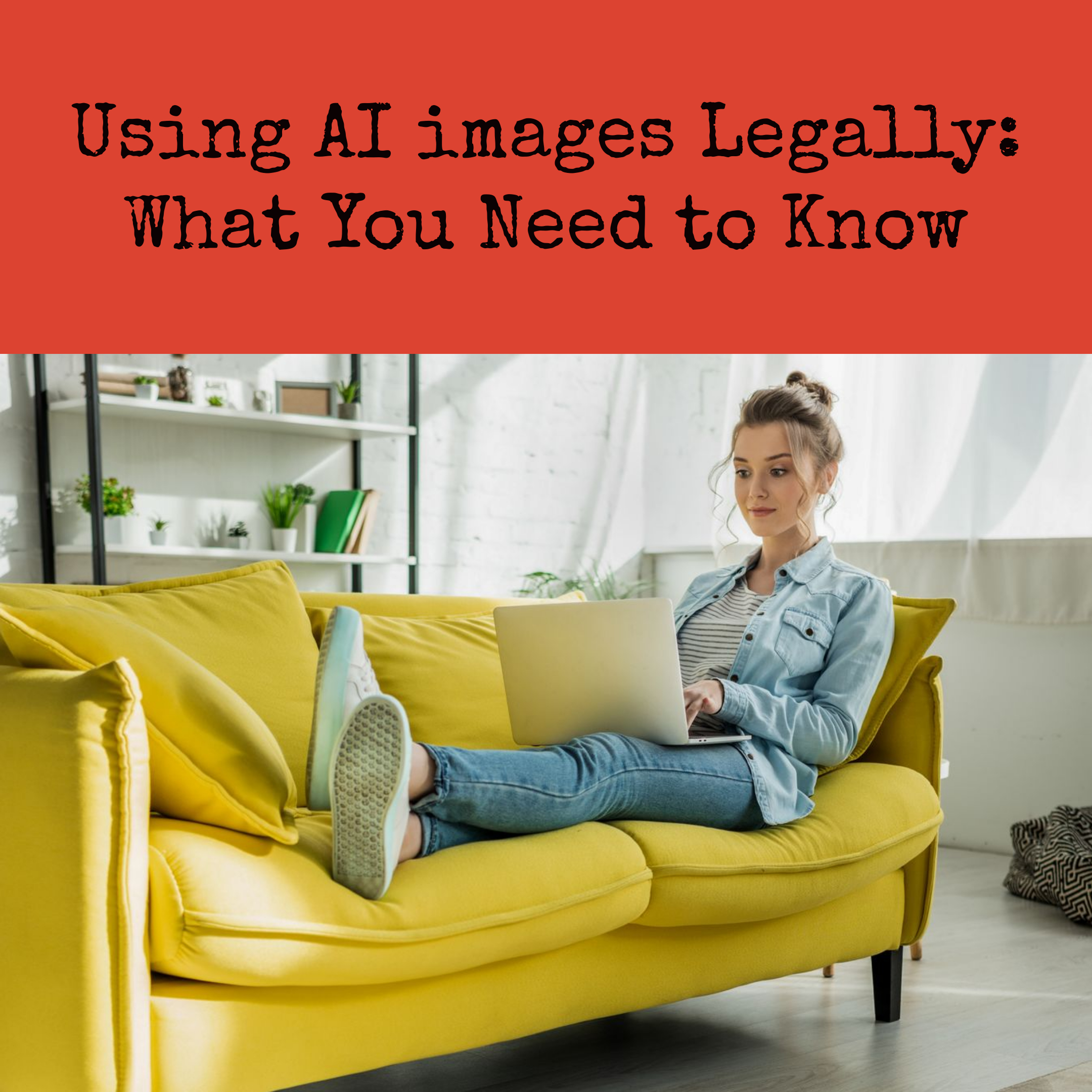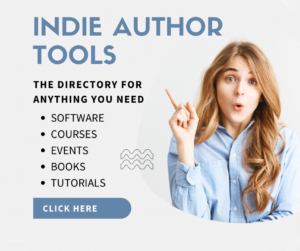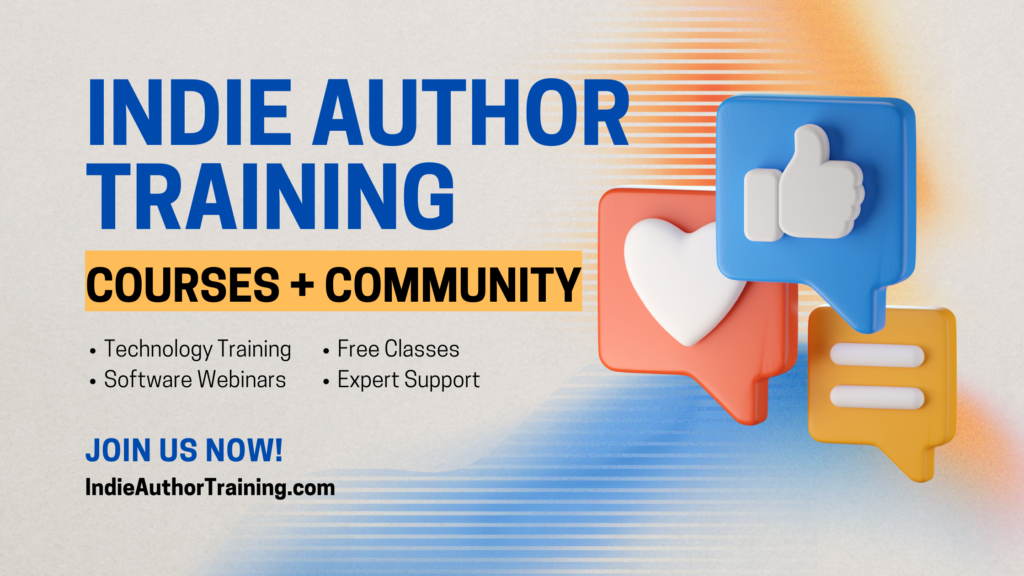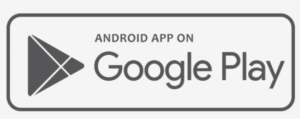Note: The information provided here is not legal advice and should not be taken as such. It is meant for general education purposes only.
With the right prompts from a human, AI image generators, such as Midjourney (https://midjourney.com/), DALL-E 2 (https://openai.com/product/dall-e-2), and Stable Diffusion (https://stablediffusionweb.com/), can produce a wonderland of fantastical and beautiful works of art in seconds, for little to no cost to the user. You can get lost down the rabbit hole of creation for hours playing with this software.
The programs have especially attracted interest from some authors and other creatives who use images regularly in their work or to promote their businesses. However, with that interest has come plenty of questions and confusion about the use of AI images, including what rights you have to them.
Before you use AI-generated images for your author business, take a look at some of the answers you’ll need below.
Do you need to disclose that you’ve used AI or credit your AI program?
It depends.
Each AI program you use has separate terms and conditions, so double check those T&Cs to see whether you need to disclose.
DALL-E 2, for example, states that you may not “represent that output from the Services was human-generated when it is not.” In simpler terms, you don’t have to disclose the use of AI to produce the artwork, but you cannot falsely claim you made it.
Midjourney has different licenses for free users and paid users, and free users do have to give attribution. “If You are not a Paid Member, You don’t own the Assets You create,” according to the program’s terms of service. “Instead, Midjourney grants You a license to the Assets under the Creative Commons Noncommercial 4.0 Attribution International License.”
In addition, the US Copyright Office (USCO) also needs to know if you’ve used AI art.
In section 313.2 of the Compendium of [US] Copyright Office Practices (https://www.copyright.gov/comp3/), the USCO is clear that its office won’t register any works that don’t have any “creative input or intervention from a human author,” though you still must report any public domain elements, including AI art, used in the creation.
As soon as you write a book or create your own art, you automatically have copyright over the work you’ve created, thanks to the US Copyright Act of 1976. However, you can also officially register your book with the USCO. If you’re using AI art inside a book, such as in a comic strip or for illustration, and seek to have the book’s copyright officially registered with the USCO, you’ll be asking for copyright over the entire book, meaning you’ll need to declare your use of AI. AI on its own is uncopyrightable, but you can still gain copyright if you’ve altered the AI work enough, just as you would if you use a public domain image and altered that to be different enough from the original.
This would also be the case if you’re making physical products from AI art, like T-shirts, bookmarks, and digital or physical art.
If you’re only looking to register your book with the USCO and used AI art as part of your book cover, you shouldn’t have any need to disclose whether the images were produced by AI. Authors only need to send in their manuscripts when registering books with the USCO; copyright registration for a book cover would be a separate process.
Of course, outside of the legal realm, it’s also important to consider your choice from a social perspective. Given many people’s strong opinions about AI-produced artwork, a disclosure that you’ve used AI artwork in your business might be enough to alienate some readers. These arguments and concerns may shift over time, but for now, consider whether such a disclosure is truly necessary in your books, and whether you’re concerned about losing potential readers by being transparent about your AI use.
Can you legally use an AI image in a commercial—or extended commercial—sense?
Given that the US Copyright Office states that an unaltered AI image can’t be copyrighted, it should logically follow that you can indeed use AI images for commercial and extended commercial use without a problem.
All three major players—Stable Diffusion, DALL-E 2, and Midjourney, allow use of their programs’ generated images for commercial use—certainly for paid members, anyway.
Midjourney’s terms of service also include a paragraph claiming copyright license over any prompts you input and any “Assets” produced via the software at your direction. “By using the Services, You grant to Midjourney, its successors, and assigns a perpetual, worldwide, non-exclusive, sublicensable no-charge, royalty-free, irrevocable copyright license to reproduce, prepare Derivative Works of, publicly display, publicly perform, sublicense, and distribute text, and image prompts You input into the Services, or Assets produced by the service at Your direction,” according to the program’s website.
Look at the terms and conditions for your chosen AI software, as each platform will clearly state whether images created by their AI can be used commercially, along with any other specified rights. Additionally, be aware of the following when considering using AI art:
1) Some AI companies are being sued by artists.
In January, Getty Images sued Stable Diffusion over claims the AI company scraped images from its sites to train its software without asking permission or getting any kind of license to do so.
As of yet, we don’t know the outcome of these or any future lawsuits and can’t speculate. We’d suggest you keep an eye on these lawsuits to see how they shape the AI industry once the legal dust settles. Although the lawsuits may not affect users of the programs, they could result in important changes in the realm of AI and in how the programs operate in the future.
2) Some companies are refusing to employ AI artists.
Tensions around the use of AI are high in several creative industries, plenty of which overlap with the publishing world. Even if the use of AI may not directly affect your author business, at least one business is already refusing to employ any artists that use AI.
Paizo is a roleplay game publisher. In March, the company posted a notice on its blog to the artists who work for them, writing: “The ethical and legal issues surrounding ‘AI art’ and writing prompt programs—and the serious threat they pose to the livelihoods of partners who have helped us get to where we are today as a company—demand that we take a firm position against the use of this technology in Paizo products.”
The letter continues, “In the coming days, Paizo will add new language to its creative contracts that stipulate that all work submitted to us for publication be created by a human.”
Where one business leads, others are likely to follow. You only need a quick glance at Facebook or Google search to see the widely varying opinions on AI. Some love it, but some hate it, and Paizo isn’t the first, nor will it likely be the last, company to ban AI use.
If you have other income streams in addition to your author business that rely on selling your art, keep your eye on any marketplaces you currently sell to for more news like this, and consider these business partnerships as you decide whether to incorporate AI artwork in your creations.
How can you legally use AI art?
1) Get inspired!
Use AI art for inspiration and for coming up with book ideas, locations, and character ideas. Generate art to help you describe your background settings for Fantasy or Sci-Fi books, for example. Even if you’re still hesitant about using AI, there’s no legal trouble involved in using AI art as a starting point for creating your own original books.
2) Steer clear of using any prompts that you know could create actionable art.
Don’t ask your AI software to create any artwork from companies with trademarks and copyrights in place. You don’t want to fight Disney in court to try to prove you really didn’t copy one of their characters for your work of AI art. Not unless you have extremely deep pockets.
Likewise, consider the implications if you want to use any other artist’s name, work of art, already published books, popular characters, or popular prompts for the same reason. The courts are still defining what constitutes “substantially similar” use regarding the use of AI.
3) Read and understand the terms and conditions of your software.
Each AI generator will have its own terms and licensing. Check thoroughly what you can and can’t do with the software you choose to use, including whether the program’s creators have said that you own the rights to what you’ve created with their software.
Also check if your chosen AI software specifies that you can use the resulting artwork for commercial use. Although many of them currently allow this, their programs are constantly growing and evolving, and the permissions they give their users are always subject to change.
4) Save your prompts in your file name or metadata so you can refer back.
Not only is this a good idea legally, as you have some proof of how you came up with your image, but it helps if you want to either repeat your results or be sure that you’re creating something new with prompts you haven’t used before.
With the help of AI programs, you could find whole new worlds of art that are just perfect for your books. As with any type of image, just do your research, check licensing and software terms and conditions, and use them responsibly.
Beyond that, it’s up to you what you create and how you create it.
